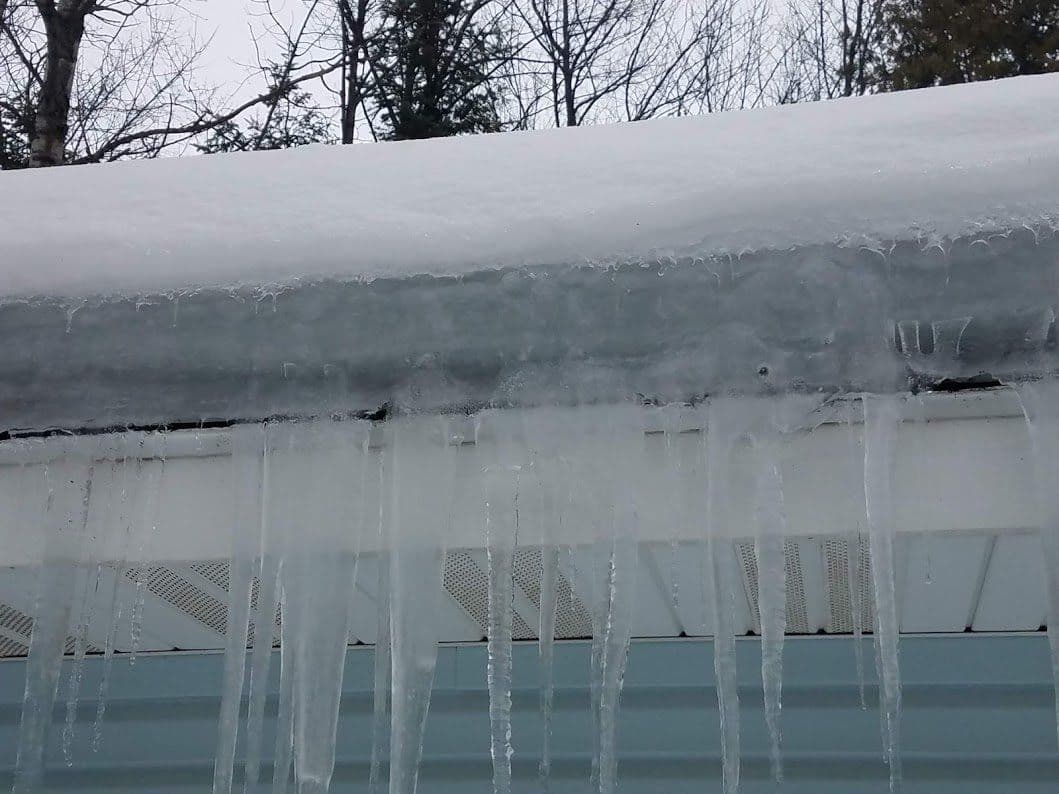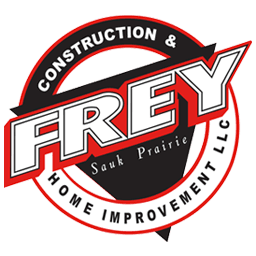Signs Your Home May Be Poorly Insulated

According to the U.S. Department of Energy, 42% of a homeowner’s utility bill is spent on heating and cooling costs. That number goes up drastically when a home is not properly insulated. In our Wisconsin winters, without proper insulation, the warm air produced to keep your home warm escapes through the walls and attic. If your home lacks the proper amount of insulation, or if your insulation is installed incorrectly, you can do severe damage to your home and your bank account alike. We strongly suggest you consider the following eight signs to determine whether your home is under-insulated.
Cold Walls, Floors, and Ceilings: A home can lose almost 35% of its heat through the walls. The interior wall, floors and ceilings in your home should feel warm and dry. If an inside wall feels damp or cold, there is not enough insulation. On the other hand, when touching an exterior wall, it should feel cold because insulation is keeping warm air inside.
Hot and Cold Rooms: Do you find that some rooms in your home are inexplicably colder or hotter than others, no matter what you do? It happens because not all of your insulation will fail at the same time. Often, these rooms are above a garage or below the attic. It’s important to make sure all areas of your home are properly insulated. Warm and cold air can escape almost anywhere that doesn’t have insulation to stop its path.
Frozen Pipes: Frozen pipes in your walls are also huge indicators that you have an insulation problem. Proper insulation protects your home from damage caused by our freezing temperatures. Poorly insulated exterior walls can cause frozen pipes, which can burst and cause thousands of dollars in damage.
Chilly Drafts: During the winter months, cool drafts in certain areas of a home are caused by air entering around window frames and doorways. Windows are a source of 25% of a home’s heat loss. By having extra insulation added to these areas, you can avoid having to cope with chilly drafts. Adding insulation does more than make your home less drafty, it also eases your energy expenses. Spray foam insulation seals and insulates and is good for cracks and crevices.
Ice Dams on Your Roof: These are a sign of poor insulation, and easy to spot during one of our Wisconsin winters. Here’s what happens: Heat rises. If your attic is insulated sufficiently, the heat will escape out where it should, through vents in the roof and eaves. But if your insulation is inadequate, the heat will rise to the top of the roof and melt the bottom layer of snow there. Because the roof edges are cold, the melted snow (water) trickles down toward the roof edge and re-freezes. The buildup of ice at the roof edge results in large chunks of ice and oversized icicles. This is an ice dam. It can wreak havoc on your roof and gutter system, and poses a definite safety hazard to those below.
Change in Energy Bills: Look at your home’s energy bills from the last few years. Are there huge increases? While of course vital to maintaining a comfortable home, cooling and heating systems shouldn’t be working overtime. You may not notice extreme temperature shifts throughout your home, or whether your heating or cooling units are working overtime, but when you update your home’s insulation as we describe here, a change in your total energy bill can be achieved.
Pests Found Inside Your Home: There is nothing worse than finding insects and rodents in your home! Critters can enter through tiny crevices and holes around doorways and windows. Unfortunately, these openings also allow cold air to enter and warm air to escape. By adding insulation you can save on energy bills while protecting your home from vermin invasions.
Moisture in the Attic: If you detect moisture in your attic, or worse, have water coming through your ceiling, you’re likely to have insulation problems. Roughly 25% of your home’s heat seeps out through the attic and roof. Just as poor insulation lets heat out of your home, it also tends to let water in. Water has a much easier time finding its way into a poorly-insulated home than into one that is properly insulated. If you’re experiencing a leaky attic, your insulation may be part of the problem. Water damage can cause many costly problems down the road, including mold issues, so give leaks prompt attention.
If you are noticing or experiencing any of these signs, or just want to have your home checked over by our trained professionals, give us a call (608) 643.7914 or contact us online. We’d be happy to conduct an insulation inspection, complete with our thermal imaging cameras!
SPECIAL OFFERS
30% OFF INSULATION with any Full Roof OR Siding Project
OR
Buy 5, Get 6th Window or Door FREE!
Customer Stories
We recently had our home remodeled by the team at Frey Construction. The entire Frey team was professional, experienced, courteous and patient. The final result was exactly how we had envisioned. If we have other home remodeling projects in the future, we would certainly not hesitate to call Frey Construction again.
I am very pleased with Frey Construction. They replaced my roof and gutters. The workers were fast and efficient, and they were always courteous and professional. The office staff was patient and helpful and I appreciated all the time they spent to answer my questions. The quality of work is exceptional and they exceeded my expectations with the clean up afterwards. I highly recommend them!
Frey has done a lot of work for us and the quality is always great. My favorite thing about them is that they are extremely responsive and professional with great customer service. We've previously worked with them on siding and gutters. Most recently I had some windows replaced. They were very helpful and assisted in removing a wall-mounted shelf, which I consider an above and beyond service.





Financing Made Easy.
To help make your home remodeling project as affordable as possible, we have financing options available!

Inspiration.
Contact Us

Monday – Friday: 7am – 5pm
